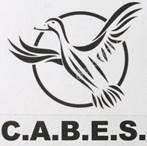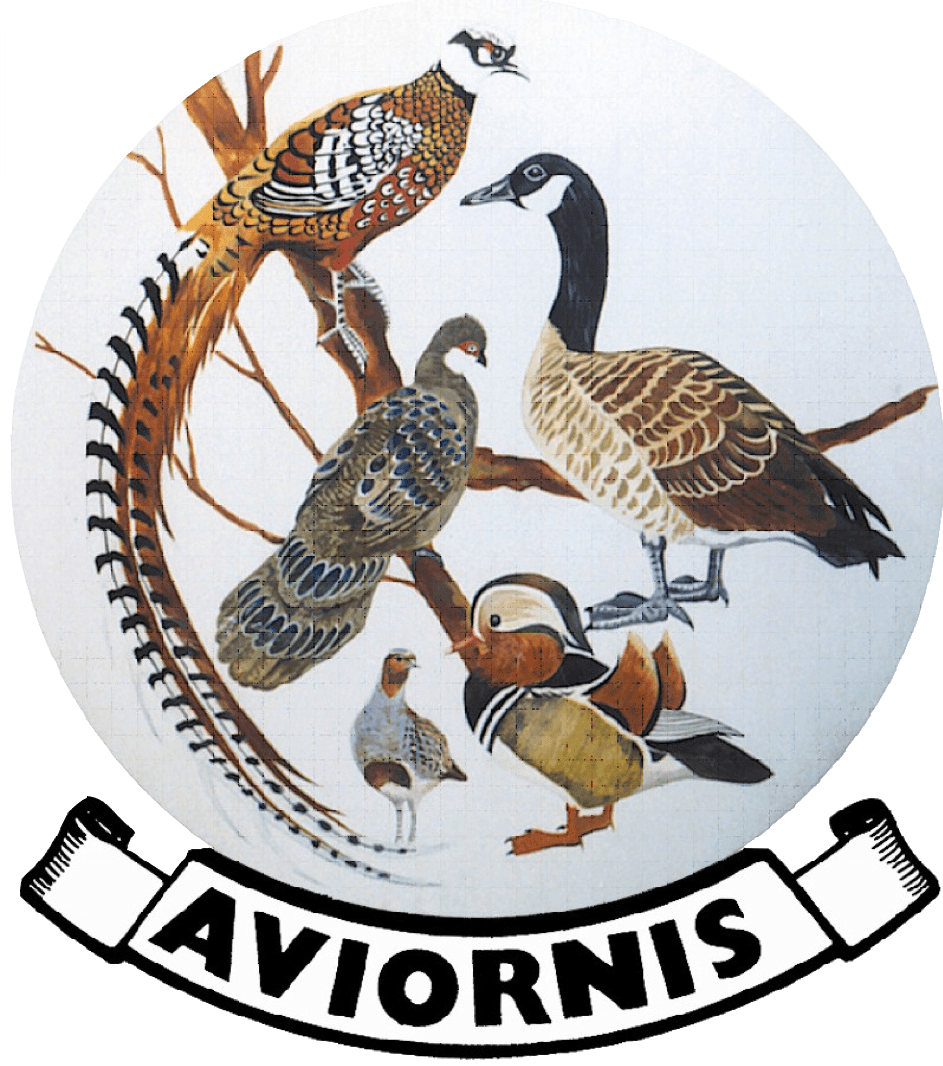PROJECT CUBA FLUITEEND
DENDROCYGNA ARBOREA
West Indian Whistling-Duck
Doelstelling:
Tot op heden hebben we geen herintroductieproject, maar gewoon het behoud van een populatie in beschermd milieu van bevredigende kwaliteit, in ieder geval de best mogelijke.
1: Inventariseren van de soort(en) in ex-situ en informatie vergaren over afstamming
2: Analyse van het potentieel van de beschikbare dieren.
3: Balgenstudie : fotograferen, beschrijven
4: Grondige literatuurstudie.
5: Samenstelling van koppels uit de geselecteerde dieren.
6: Oprichting van het "Stamboek".
inschrijving deelname project is gratis
Informatie voor deelname
Wie kan deelnemen?
· Bereid zijn om gekoppelde verwante dieren te wisselen om onverwante koppels te vormen.
· Alle liefhebbers met minstens 5 jaar ervaring met het kweken van soortgelijke dieren.
Elk dier moet geringd zijn
Ook de afkomst of van wie je de dieren hebt overgenomen (dit om verwantschap te kunnen nagaan voor het stamboek).
DENDROCYGNA ARBOREA
West Indian Whistling-Duck

- Dendrocygna arborea: Bahamas, Greater Antilles and Lesser Antilles
Hybriden
- Dendrocygna [arborea x eytoni] (hybrid)
- Dendrocygna [arborea x bicolor] (hybrid)
- Dendrocygna [arborea x autumnalis] (hybrid)

BEHOUDEN ACTIES ter PLAATSE
In-place onderzoek en monitoring
· Actie herstelplan : Nee
· Systematische bewakingssysteem : Nee
In-place bescherming van het land / water
· Beschermingszones geïdentificeerd : Ja, over het gehele bereik
· Treedt in ten minste een beschermd gebied : Ja
· Invasieve soorten controle of preventie : Nee
In-place soortbeheer
· Met succes geherintroduceerd of welwillend geïntroduceerd : Ja
· Onder voorbehoud van het behoud ex-situ : Ja
In-place onderwijs
· Onder voorbehoud van de recente onderwijs en bewustwordingsprogramma's : Ja
· Inbegrepen in de internationale regelgeving : Nee
· Behoudens eventuele internationale controles op het beheer / handel : Ja
CONSERVATION ACTIES DIE NODIG ZIJN
· Site / gebied bescherming
· Ex-situ is belangrijk
· Awareness & communicatie
· Wetgeving
ONDERZOEK DAT NODIG IS
· Bevolkingsomvang, distributie & trends
· bevolking trends
Onderzoek dat nodig is in detail
balgenstudie voor soortzuiverheid
Dendrocygna arborea.
Cuban Whistling Ducks, also known as West Indian Whistling Duck to many ornithologists, are tropical long legged birds that uniquely roost in trees compared to the other species. They are the largest in the species of whistling ducks and non migratory. The males and females have similar plumage with long legs. This species of duck is most active of night. Their wild diet consists of plant matter, especially the fruit of the Royal Palm. They are a more calm and quiet species and recommended for those that are into aviculture and enjoy observing wild ducks.
Range: Native to Puerto Rico, Cuba, and several islands of West Indies, warmer climate is preferred. However, with proper shelter and heat, they can acclimate to other environments when needed. Their habitat consists of mangrove and swamp areas.
Status in the Wild: The Cuban Whistling Ducks are listed as vulnerable at this time due to their land being used for hunting purposes.
Status in Aviculture: Due to their docile behavior, the Cuban Whistling Duck is bred in captivity and are occasionally available in aviculture.
Breeding and Incubation: The Breeding season for Cuban Whistling Ducks is May to September. They lay around 6-10 eggs and the eggs are incubated for 30 days. This is a very unique species as they are monogamous throughout life. That means they pair bond with their mate and stay together for many years.
Lifespan: They are relatively a long lived species but not very prolific breeders.
Mature Weight: Both the males and females average 2.5 pounds in weight.
Housing Requirements: A fenced in area is recommended. The ducks are pinioned so that they cannot fly. A raised wooden nest box is preferred for their nesting boxes and some roosts since this species does roost. Shrubbery and plants is also needed.
Notes: This duck also goes by the name Black-Billed Whistling Duck or Dendrocygna arborea.



